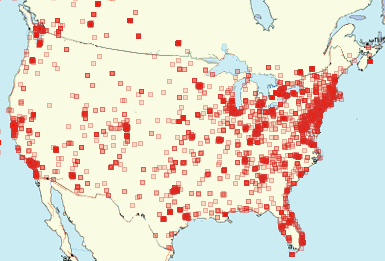Definitive diagnosis depends on identification of the bedbug. This can be done through a pest control company or from your local public health department. However, relying on the patient's verbal reports of the bugs or their signs (spotting/stains on sheets/mattresses) may be enough to make an interim diagnosis.
The differential diagnosis of bed bug bites includes dermatitis herpetiformis, drug eruptions, ecthyma, other insect bites, pemphigus herpetiformis or scabies. Scabies tends to affect covered skin such as the axillae and periumbilical area. Fleas are only on the extremities, usually of pet owners. Both flea bites and scabies rarely affect the face.
Treatment
Bed bug bites do not usually require any medical treatment. Creams with corticosteroids and oral antihistamines may be advised in more severe cases. Local antiseptic lotion or antibiotic cream can be applied if secondary infection occurs. The affected person should resist the urge to scratch the bites, as this may intensify the irritation and itching and may lead to secondary infection.
The best solution is to get rid of the bedbugs. This will require the use of a licensed pest control company. Elimination of bedbugs requires the removal of clutter and meticulous cleaning. Often a number of treatments over several weeks are required. Patients who are tenants need to refer this matter to their landlord.
Be sure to remind your patient that even the cleanest people can get bedbugs whether at home or a five-star hotel.
Search Amazon.com for bed bugs
Here is a guide with more information on removing bed bugs. Downloading the first chapter is free.
Information sourced from City of Toronto




